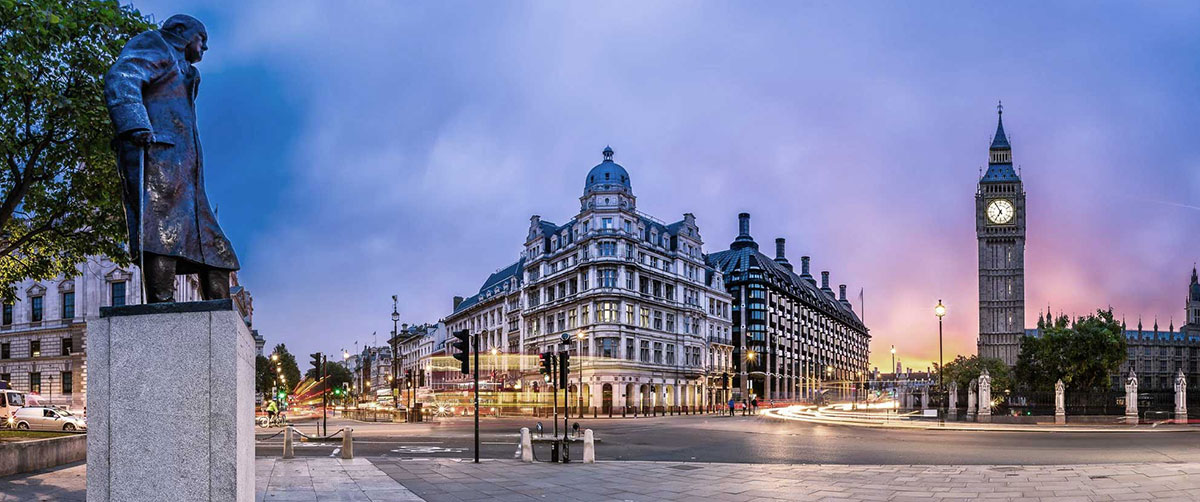
O rozwijaniu zdolności intelektualnych
Drodzy Słuchacze Akademosa.
Przesyłamy Państwu kolejnego newslettera od naszej byłej lektorki-korespondentki, na temat Arabii Saudyjskiej, kraju w którym przebywa od jakiegoś czasu.
Chciałbym zwrócić uwagę na przeważnie pomijany aspekt uczenia się języków obcych, jakim jest rozwijanie zdolności nie tylko językowych, ale generalnie intelektualnych. Bardzo popularne stały się teraz wszelkiego rodzaju porady, jak rozwijać pamięć i usprawniać funkcjonowanie mózgu, a przecież poznawanie drugiego języka jest niezłą łamigłówką i potrafi przyprawić o bóle głowy.
A zatem mamy dwa w jednym. Poznajemy praktyczne narzędzie pracy i komunikacji, a do tego ćwiczymy mózg poprzez poznawanie całkiem nowych, niejednokrotnie bardzo trudnych konotacji nowych zestawień (form) dźwiękowych z określonymi treściami. Mało tego. Nowe treści często nie pokrywają się z ich odpowiednikami w języku polskim. Do tego dochodzi jeszcze inny sposób ujmowania rzeczywistości przez dany język, wyrażający się odmienną jego strukturą. Mamy zatem do czynienia ze swoistą gimnastyką umysłu, tym trudniejszą i efektywniejszą, im bardziej oddalony od języka ojczystego jest język przez nas poznawany.
Życząc miłego czytania.
Pozdrawiam serdecznie,
Wojciech Gajewski
One day in Qatif, Saudi Arabia
Have you ever heard of a town named Qatif before?
As Saudi Arabia is not open to tourism yet, let me guide you showing you an interesting place, Qatif, located 20 km north from Dammam, the capital of the Eastern Province.
How I got there
It was my second week in Saudi Arabia when my friend Donna, a friendly American woman, invited me to accompany her and two other ladies to the local market in Qatif, a town located 53 km to the north. We had to take a taxi as Saudis do not use buses, because they do not have public transport in this part of Saudi Arabia.
Interesting facts about Qatif
Apparently the archeological digs have unearthed primitive Stone Age tools and cooking utensils from area surrounding the modern day city of Qatif dating inhabitants to 5,000 BC, making it the longest settled quarters on the Arabian Peninsula. Once it was a fruitful 10,000 acres oasis that held a vital source of life in the form of freshwater under the sand. Originally, 130 wells existed irrigating the earth and providing sustenance for the people and their lifestock in Qatif. Today, more than half of these wells dried up. Yet, enough water remains for agriculture to carry on and prosper.
Local market
Qatif is well-known as the main supplier of fish and vegetables to the Eastern province. Thursday morning market is known as Suq Alkhamees and the trade starts at 5 a.m. and winds up by 11 a.m.
Once we entered the market we got enchanted by its exotic looking farmers selling a wide range of crops and livestock, including dates, limes, sweet bananas, grapes, pomegranates, figs, tomatoes, okra, radishes and onions, also monkeys, snakes, dogs and birds. There is also a brisk trade in bulk spices, incense, nuts, candy, handmade baskets and wreaths of basil leaves.
An antique corner displays artifacts ranging from rusty old teapots to even rustier swords (Qatif used to be a producer of spears and daggers).
Later on we also stepped into the fish market and we left quickly because of the amount of dirty water on the floor and the fish smell.
Although there were only men in the market, they were all very nice and friendly. Unfortunately, the communication with them was reduced to smiles, as local sellers did not speak any English.
Other places of interest
After the visit to the local market, we headed towards a park-like Corniche with views of the still working dhows (boats), Tarut Island and gulf vistas. Tarut translated from Arabic means goodness and beauty. This island was approached only by dhows, now there is a causeway.
It was named by Phoenicians after Ishtarut, their diety of love. An ancient gold statue depicting her was found in palm groves and is now displayed in Riyadh Museum. The area of the island is small, six by six kms. Its deep harbour is now silted up, but for thousand years ships have sailed from here to the Indian Ocean and East African coast laden with a bounty of renowned pearls, the blue gemstone lapis lazuli, terracotta and gypsum, which is prevalent in saline waters and used for centuries in ornamental masonry. Storks and flamingos wade in highly salty and shallow water flats of Tarut bay.
We spent some time admiring this serene scene, but it was high time we headed home….
Vocabulary
digs – an excavation for archeology (wykopaliska)
utensils – vessel or instrument commonly used in the kitchen (naczynia)
well – a spring or natural source of water (studnia)
lifestock – the horse, cattle, sheep, and other useful animals kept or raised on a farm (żywy inwentarz, zwierzęta)
dried up –having or characterized by little or no rain (wyschnąć)
radishes – type of vegetable of the mustard family usually eaten raw (rzodkiewki)
incense – the perfume or smoke arising from aromatic gum or other substance producing a sweet odor when burned (kadzidło)
artifacts – an object made by human being (przedmiot)
spears – a long, stabbing weapon for throwing (włócznie)
daggers – a shord swordlike weapon with a pointed blade and a handle, used for stabbing (sztylety)
causeway – a raised road or path, as across low or wet ground (wybrukowana ścieżka)
depict – picture (przedstawiać)
groves – a small wood or forested area (gaj)
bounty – a generous gift (dar)




